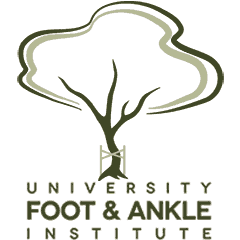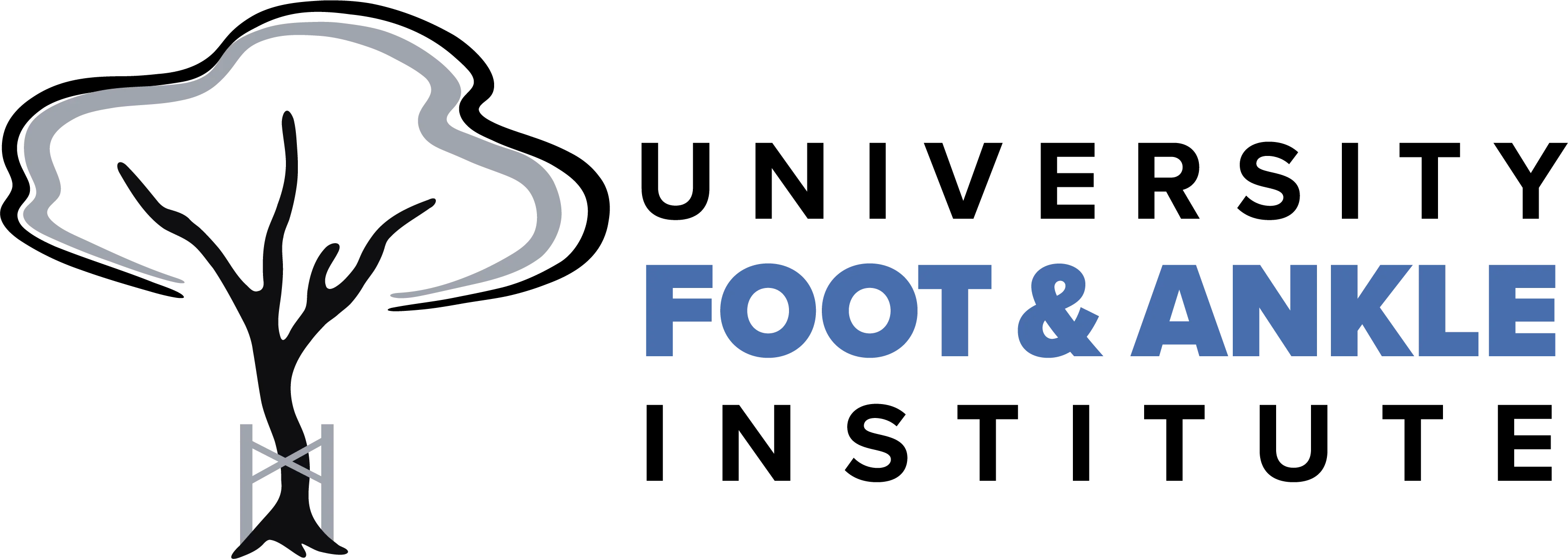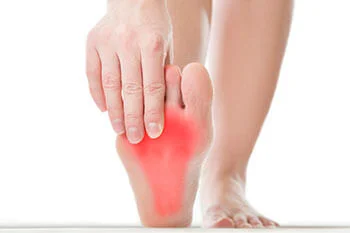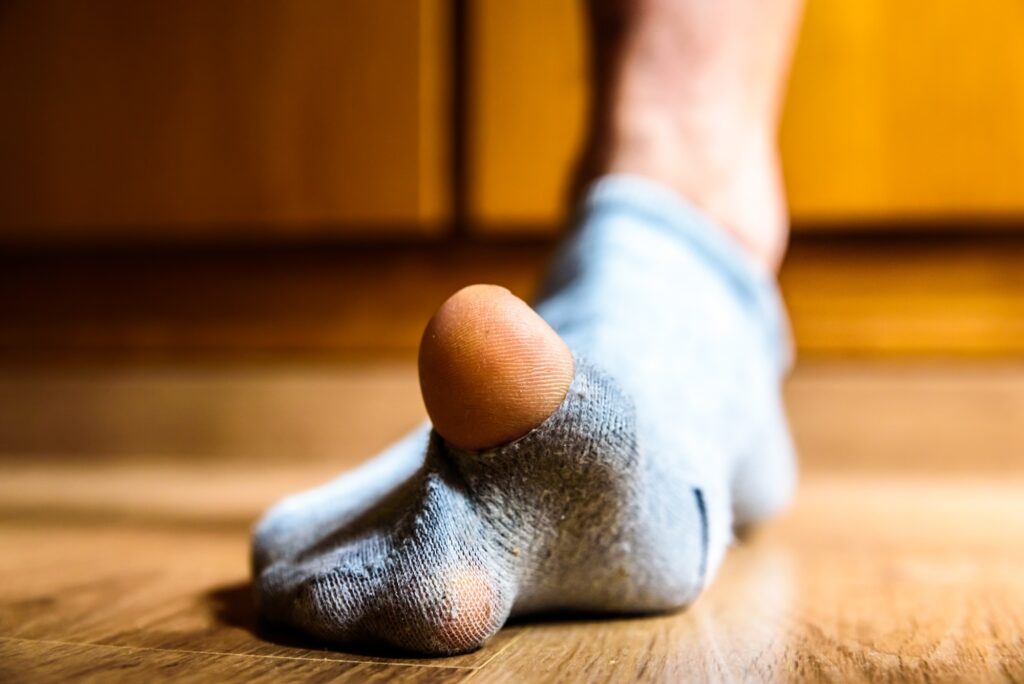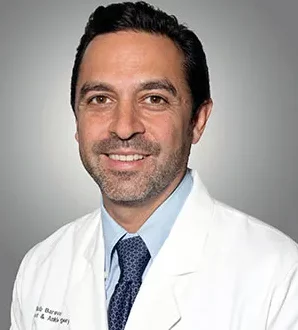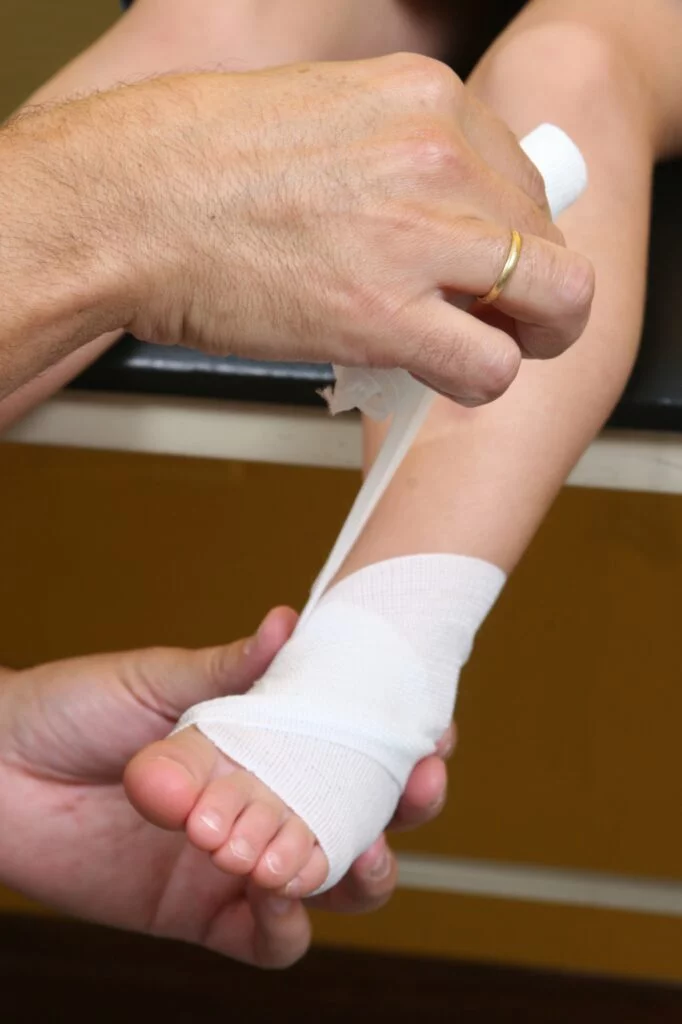Table of Contents
Arthrosurface for Hallux Limitus: A Comprehensive Guide for Patients
Introduction
What is Hallux Limitus?
What is Arthrosurface for Hallux Limitus?
Who is a Candidate for Arthrosurface?
This procedure is ideal for patients who:
- Experience moderate to severe hallux limitus with persistent pain
- Struggle with activities like walking, running, or bending the big toe
- Have tried conservative treatments such as orthotics, physical therapy, and anti-inflammatory medications without relief
- Want a motion-preserving alternative to joint fusion surgery
A podiatrist will assess your condition through a physical examination and imaging tests to determine if Arthrosurface is the right treatment option.
Benefits of Arthrosurface
- Pain Relief: Reduces joint pain caused by cartilage damage.
- Preserved Mobility: Unlike fusion surgery, this procedure maintains natural toe movement.
- Faster Recovery: Patients heal more quickly compared to traditional joint replacement surgeries.
- Minimally Invasive: A smaller incision and less bone removal result in reduced recovery time and fewer complications.
- Long-Lasting Results: The implant helps protect the joint from further degeneration.
The Arthrosurface Procedure
The procedure typically follows these steps:
- Anesthesia: The patient receives local or general anesthesia to ensure a pain-free experience.
- Small Incision: A small incision is made over the MTP joint.
- Cartilage Preparation: The damaged area of the joint is carefully cleaned and prepared for implantation.
- Implant Placement: A metal cap is secured over the worn-out cartilage to restore smooth movement.
- Closure and Recovery: The incision is closed, and a dressing is applied to support healing.
The surgery generally takes less than an hour, and most patients can return home the same day.
Recovery and Rehabilitation
Post-surgery care is crucial for a successful outcome. Here’s what to expect:
- Initial Weeks: Limited weight-bearing with the use of protective footwear.
- Physical Therapy: Stretching and strengthening exercises to restore function.
Gradual Return to
Activities: Most patients resume normal activities within 6-8 weeks. - Full Recovery: While some swelling may persist, most patients experience full recovery within 3-6 months.
Following the podiatrist’s post-operative care instructions will help ensure the best results.
Risks and Considerations
While Arthrosurface is a safe and effective treatment, potential risks include:
- Infection
- Implant loosening or wear over time
- Persistent pain or stiffness
- Need for revision surgery in rare cases
However, with proper care and follow-up visits, most patients experience significant pain relief and improved mobility.
Why Choose University Foot & Ankle Institute?
Arthrosurface for hallux limitus is a minimally invasive, joint-preserving solution for individuals struggling with big toe arthritis. By maintaining mobility and reducing pain, this procedure helps patients regain an active lifestyle without the limitations of fusion surgery. If you’re experiencing persistent big toe pain, consult a podiatrist to explore whether Arthrosurface is the right option for you.
At University Foot & Ankle Institute, our board-certified podiatrists offer expert care for conditions like big toe arthritis (hallux limitus). We provide advanced treatment options, from conservative care to surgical solutions, ensuring personalized care for every patient.
We are ready to help you now!
Dr. Bob Baravarian DPM, FACFAS is a Board-Certified Podiatric Foot and Ankle Specialist. He is an assistant clinical professor at the UCLA School of Medicine and serves as Director of University Foot and Ankle Institute.
Dr. Baravarian has been involved in athletics his entire life and played competitive tennis in high school and college. He has an interest in sports medicine, arthritis therapy, and trauma/reconstructive surgery of the foot and ankle. He is also fluent in five languages (English, French, Spanish, Farsi, and Hebrew),
